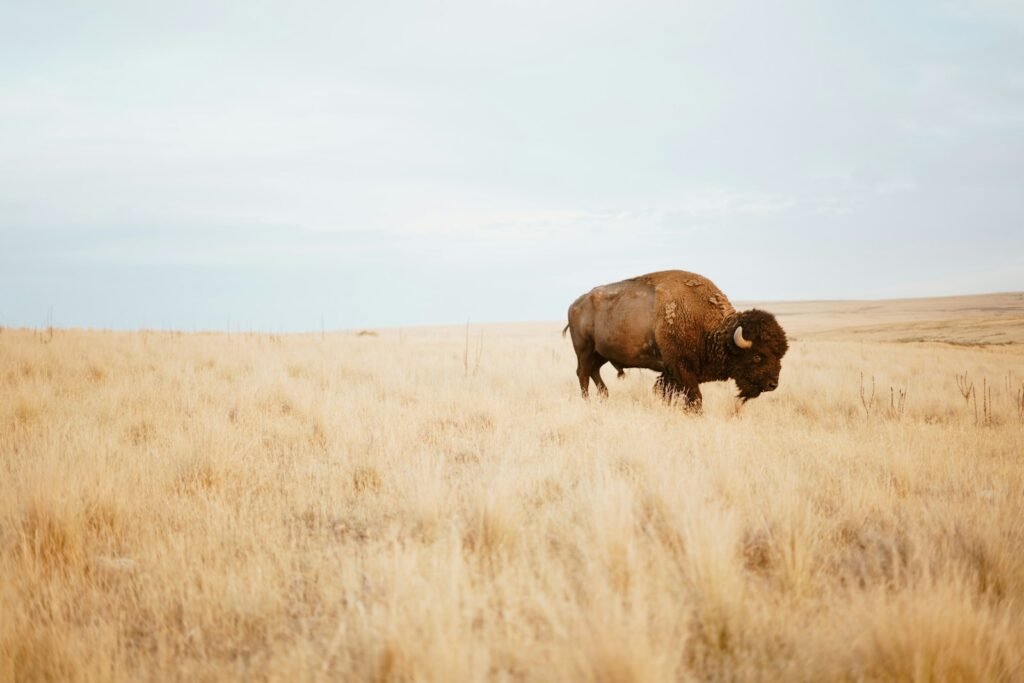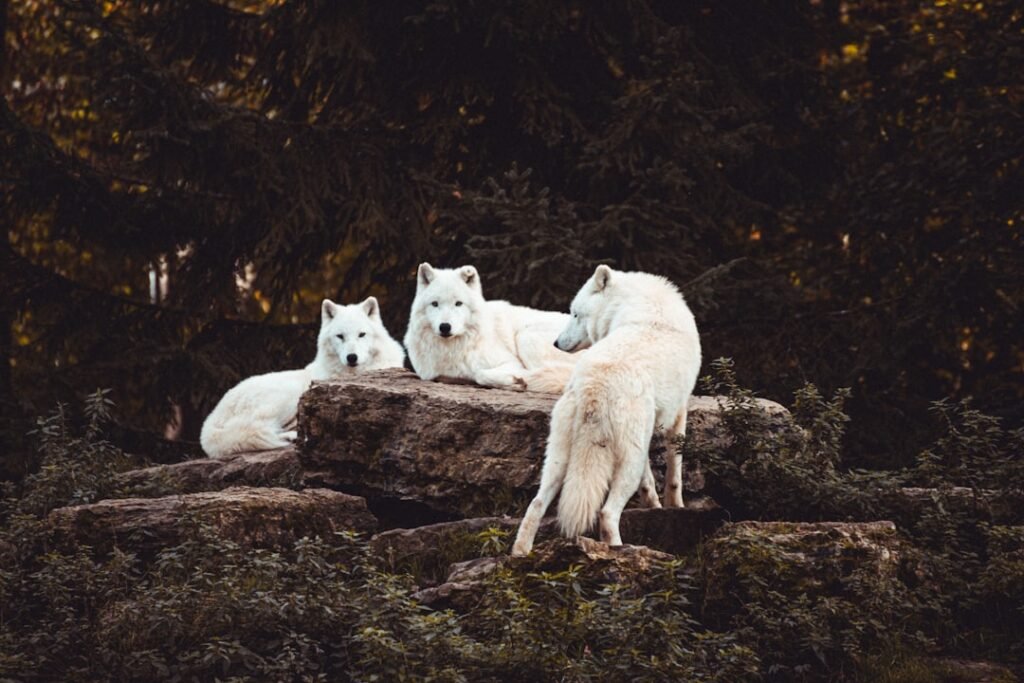The first snow arrived late on the North Slope, and the caribou hesitated like travelers staring at a half-frozen river. Biologists watching collar pings saw the herds pause, veer, and then thread through valleys they rarely used a decade ago. Hunters noticed it too – footprints skirting new ice crusts, animals appearing days or even weeks off the usual schedule. The shift is subtle in any single season, but it’s unmistakable when you stack the years. What’s happening on the tundra reads like a moving headline: the s are changing, and with them, a story about a warming Arctic is unfolding in real time.
The Hidden Clues

The first hints of a rerouted migration are buried in patterns: linger times on windswept ridges, sudden detours around river bends, and calving grounds creeping by a few miles. A single collar ping means little, but thousands trace a living map that looks different from the one in field notebooks from the 1990s. Warmer autumns push freeze-up later, and some river crossings that were once reliable early-season bridges now wait in slush. Spring arrives faster, green-up races ahead, and the animals try to catch the “green wave” without overshooting the sweetest forage. In the background, wind fields and storm tracks shape where insects chase and where snow sets up hard, nudging herds like a soft hand on the shoulder.
From Ancient Trails to Satellite Maps

Caribou have followed the same mountain passes and gravel bars since long before there were maps of Alaska, and Indigenous communities built deep knowledge around those paths. Today, satellite telemetry stacks that ancestral memory with minute-by-minute data, revealing when tradition holds and when it flexes. Modern models crunch temperature, snow depth, plant productivity, and river discharge to forecast likely corridors, much like traffic apps reroute cars around a bottleneck. The result is a kind of living atlas where the old roads still exist, but detours are popping up more often. I remember flying in a small bush plane over the Brooks Range, watching a scattered line of animals switchbacks across scree – proof that instinct and modern change are now in constant negotiation.
A River of Heat in the Air

Across the Arctic, the shoulder seasons are stretching, and caribou feel that expansion in their bones. When October behaves like September, the ice that once sealed rivers into safe highways arrives late and unreliable. Warm spells in midwinter can melt surface snow, then refreeze into glassy crust, turning once-passable flats into ankle-twisting hazards. Spring, meanwhile, can surge so fast that forage peaks before the herds arrive, a mismatch that forces new timing or fresh paths. Think of it like catching a train that’s begun leaving the station a little earlier each year – you either sprint, or you change platforms.
Insects, Ice, and Fire on the Tundra

On calm, hot days, mosquitoes and botflies can harass caribou into long, exhausting marches, pushing them up to windy ridgelines and away from lush lowlands. Rain-on-snow events seal food beneath brittle ice, and mothers with calves choose routes that trade calories for safety. Wildfires have crept north and east, converting lichen-rich winter ranges into charred mosaics that take years to rebuild, forcing detours that ripple through entire seasons. Shrub expansion in some valleys can slow movement and hide predators, altering classic bottlenecks where watchers used to count animals by the thousands. Each stressor on its own might be manageable; together, they’re a churning mix that makes old shortcuts feel suddenly risky.
The Human Ripple Effect

People read these changes in the most practical ways: a freezer takes longer to fill, a school calendar no longer lines up with peak migration, a favored crossing falls quiet. Guides shift camps to meet clients where the animals actually are, not where they used to be, and fuel costs climb when scouting flights stretch farther. Scientists, many of them local, work with communities to place collars, scan snowpack, and update maps that once gathered dust in a field station. Even road plowing schedules and bridge designs get reconsidered, because a herd that now favors a certain valley may face traffic that didn’t exist a few years back. The s aren’t just lines on a map; they are real trade-offs felt in pantries, budgets, and calendars.
Why It Matters

Caribou migrations are among the planet’s great wildlife movements – if they waver, it signals that climate pressures are not abstract but immediate. The herds stitch together ecosystems by moving nutrients across hundreds of miles, and their timing sets the rhythm for predators, scavengers, and plants. When that rhythm shifts, we learn how sensitive Arctic food webs are to warming and how quickly behaviors can pivot under changing conditions. Past wildlife management relied on averages and long-term memory; the new era demands flexible, near-real-time data and partnerships that can adjust on the fly. In short, caribou are a barometer for a warming world, and the needle is moving.
Global Perspectives

What’s unfolding in Alaska is echoed across northern latitudes, from Scandinavian reindeer steering around ice-locked pastures to caribou in Canada altering calving grounds. The mechanics differ – sea-ice loss here, rain-on-snow there – but the theme is consistency in change. Researchers compare datasets across continents to isolate what’s local weather noise and what’s climate signal, finding striking agreement in the big drivers. That international lens also spotlights solutions, from better icing forecasts to community-led monitoring that moves faster than top-down programs. The Arctic may feel remote, but its lessons are borderless: if you can keep a migratory corridor open here, you can apply the same logic to elephants, cranes, or salmon elsewhere.
The Future Landscape

Next-generation collars can sample temperature, heart rate, and even jaw movement, turning each animal into a roaming weather station and nutrition lab. AI models trained on decades of tracks will soon predict likely bottlenecks weeks ahead, giving managers and communities a planning head start. Improved snow and icing forecasts can be paired with local reports, producing maps that adapt like living documents through a season. On the ground, restoring lichen beds after fires, protecting key passes, and designing smarter crossings where roads exist can keep herds moving safely. The goal isn’t to freeze the past in place; it’s to keep the routes permeable so caribou can keep solving the landscape as it changes.
Conclusion

You don’t need to live on the tundra to help keep these migrations alive. Support community science projects that share seasonal observations with researchers and help fund collar programs that feed open data. Encourage policies that safeguard known bottlenecks and calving grounds, and back practical fixes like wildlife-friendly bridge designs. If you’re a traveler, choose operators who coordinate with local communities and follow low-impact practices. And wherever you are, advocate for emissions cuts and smart land management – the kind of upstream choices that help keep downstream routes open for generations to come.

Suhail Ahmed is a passionate digital professional and nature enthusiast with over 8 years of experience in content strategy, SEO, web development, and digital operations. Alongside his freelance journey, Suhail actively contributes to nature and wildlife platforms like Discover Wildlife, where he channels his curiosity for the planet into engaging, educational storytelling.
With a strong background in managing digital ecosystems — from ecommerce stores and WordPress websites to social media and automation — Suhail merges technical precision with creative insight. His content reflects a rare balance: SEO-friendly yet deeply human, data-informed yet emotionally resonant.
Driven by a love for discovery and storytelling, Suhail believes in using digital platforms to amplify causes that matter — especially those protecting Earth’s biodiversity and inspiring sustainable living. Whether he’s managing online projects or crafting wildlife content, his goal remains the same: to inform, inspire, and leave a positive digital footprint.




